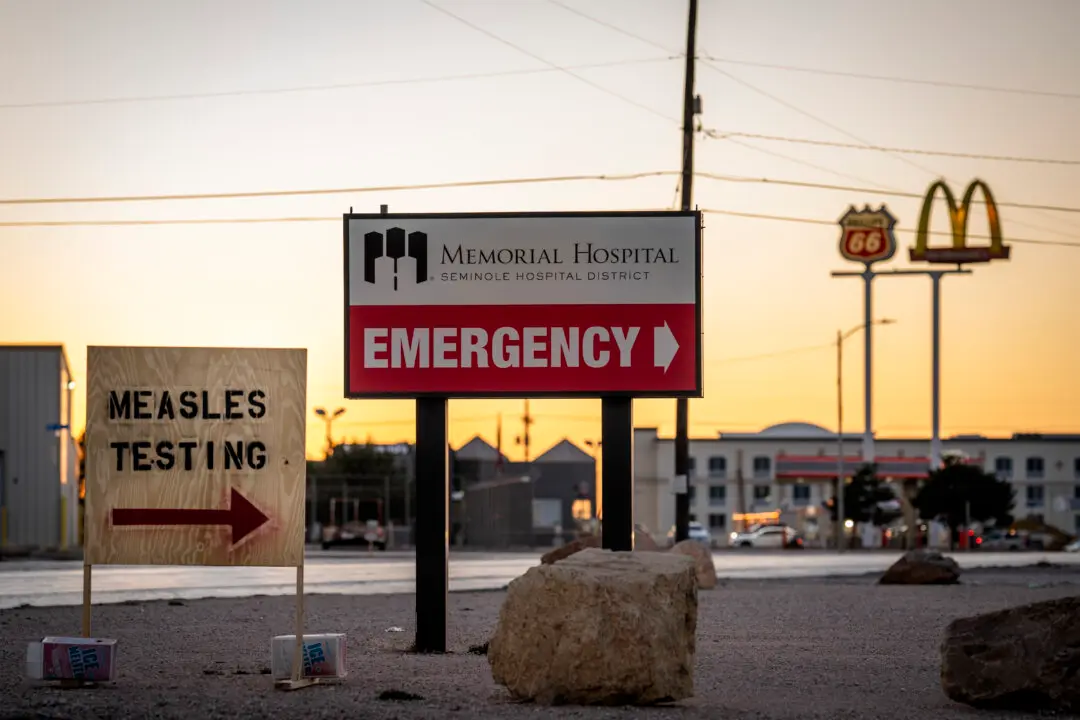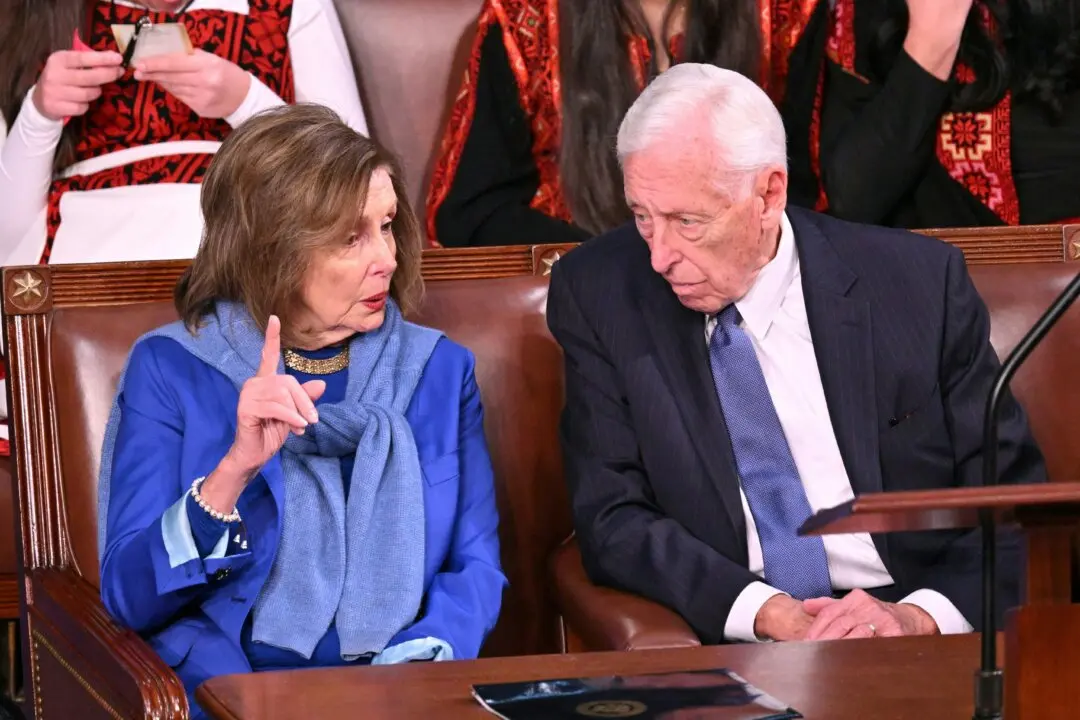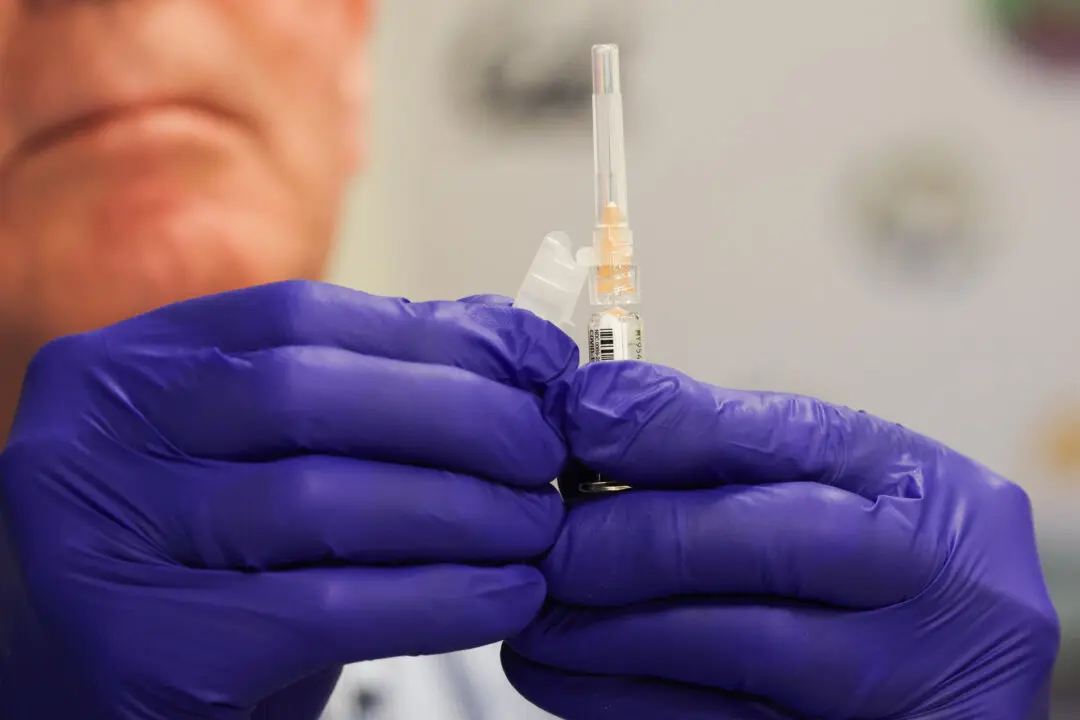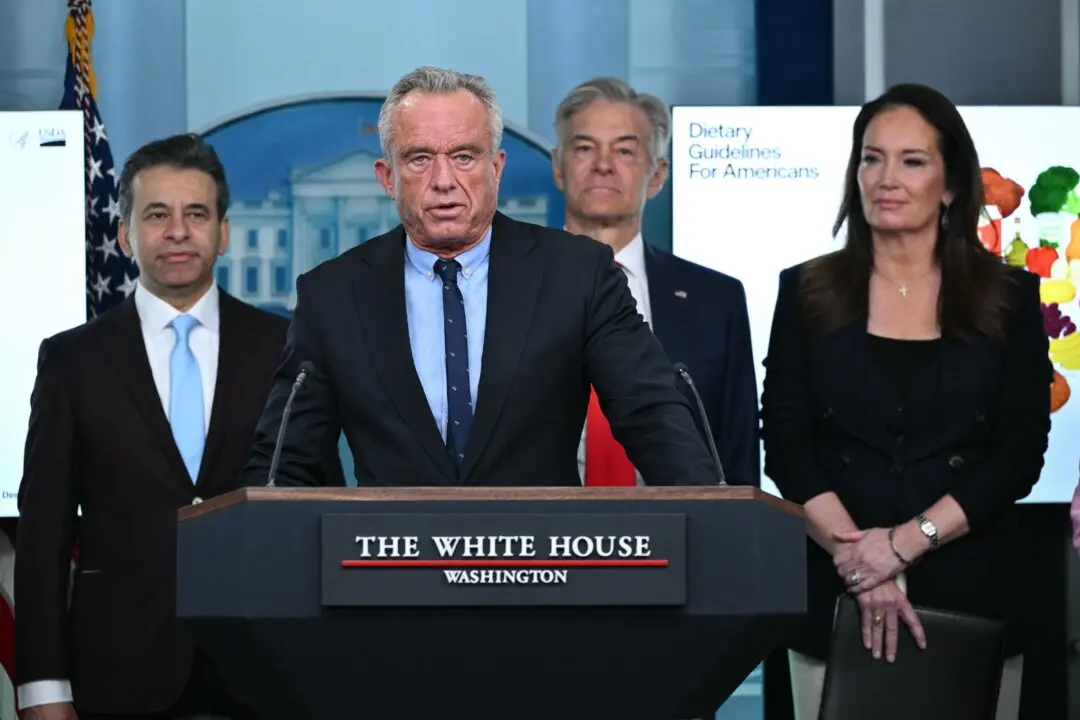The Canadian expert leading the World Health Organization (WHO) team in China responding to the new coronavirus departed Beijing without entering quarantine before landing in Geneva on Tuesday and going straight to a press conference, where he appeared without a mask.
Dr. Bruce Aylward is an infectious disease expert who led the organization’s team in China. The team traveled to different parts of the country, including Wuhan, the epicenter of the new virus, which causes the COVID-19 disease.





